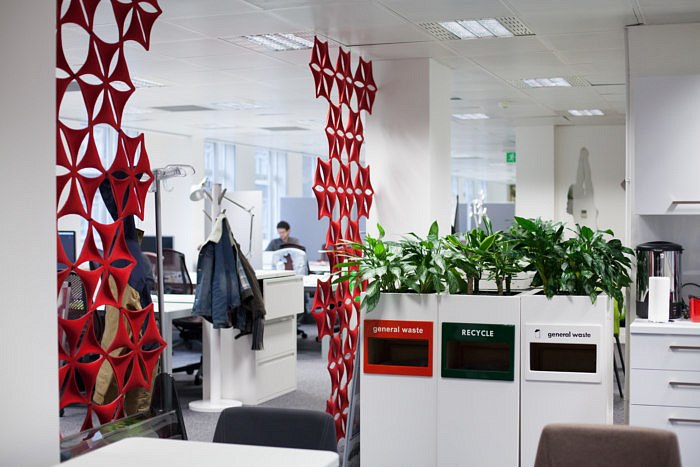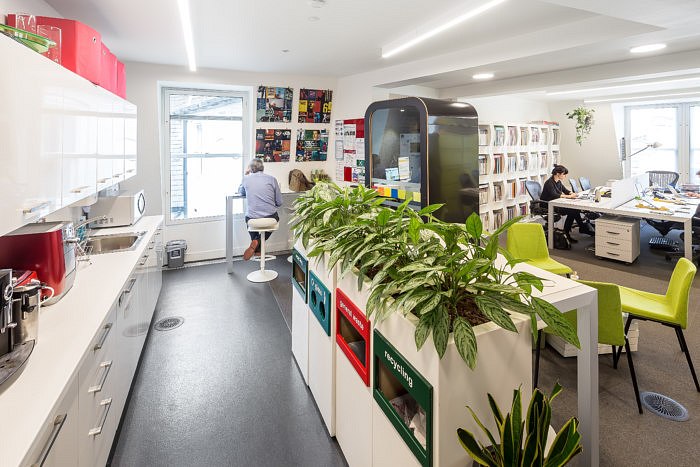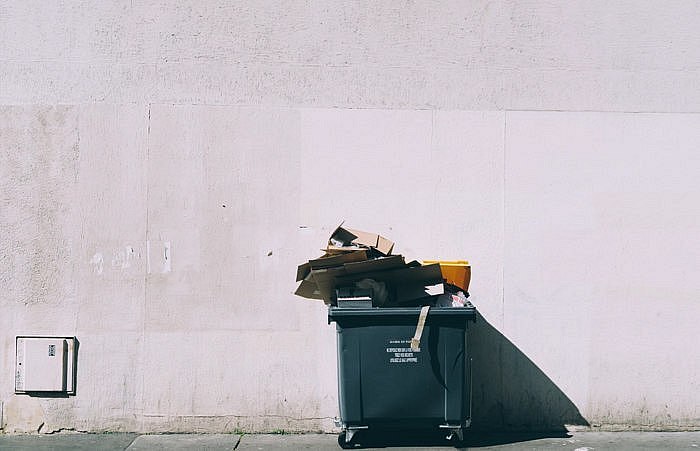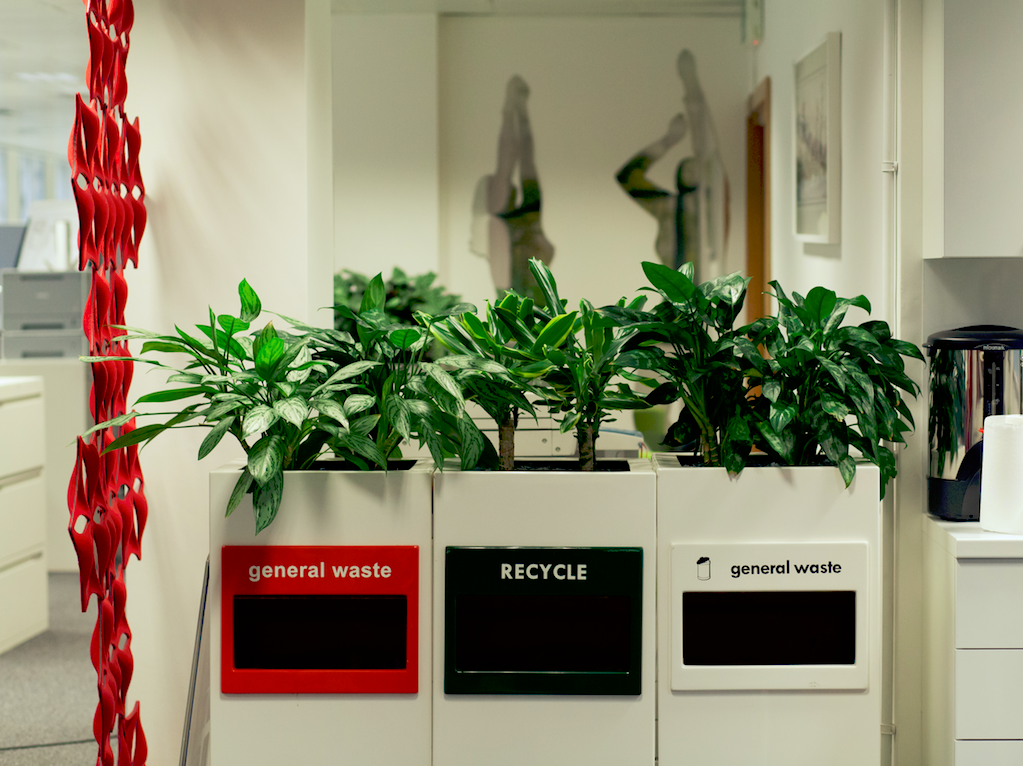9 Simple Steps to Recycling at the Office
Being a responsible consumer in the office may not come naturally to everyone, especially where recycling is concerned. Whether it’s an educational thing or just a plain laziness thing, the sad fact is that in an office of 100 workers, around 20 bags of waste are generated every week, even though with the proper commitment and planning, as much as 90% of this waste could be recycled. Wow, let that sink in. Add to this the cost of landfill – currently set at £88.95 per tonne – and it becomes obvious that reducing waste is not only good for the planet, it also makes perfect financial business sense.
Reducing and recycling office waste isn’t difficult and there really aren’t any good reasons why your business shouldn’t be making the effort. After all, we all recycle at home, don’t we? Once your company has made the commitment to put a recycling initiative in place, these 9 steps will ensure that it really happens.

1. Give someone ownership of your company’s recycling programme.
A vague notion of wanting to go green isn’t going to cut it. If you’re serious about driving down your business waste and recycle more, then nominate an official recycling champion to see it through. Depending on the size of your company, you may even need an environmental committee to deal with any waste management issues correctly and effectively.
2. Carry out a waste audit to establish your current waste disposal situation and determine your recycling needs.
Ask your local authority’s refuse and recycling department for advice. Call your local business waste contractor and find out how they can help. Request a free audit of your waste output – what types of rubbish are you generating and what are the best ways to recycle, what equipment will be needed and what are the upfront costs (and future savings!) involved? Once you have the results, you can put together an action plan to tackle your company’s recycling needs.
3. Scrutinise the use of paper in the office.

Unsurprisingly, most office waste consists of paper, so if you can manage to reduce your paper consumption, you’re halfway there. Instead of printing every document, could you switch to email or shared online platforms for memos, employee communications, and other business missives? What about changing the default settings on all your office printers to duplex (double-sided) printing? Why not make it a company policy to repurpose single-sided printed sheets and use them as notepaper (assuming confidential information is not compromised)? These steps alone would more than halve your business paper output.
4. Reduce waste for other resources.
Take a look at waste management possibilities for other office resources too. What about recycling toner cartridges or donating old computers, phones and other IT equipment to charity? How about a review of your general consumption of office stationery? Where does kitchen waste go? Could you ask your suppliers to reduce their packaging for goods sent to you? Now is a good idea to rethink your strategy for disposing of any resource used for business.
5. Install easy-to-use recycling boxes.

It’s important to have a designated place in your office for recycled materials to go. These need to be clearly labeled, easy to access and it helps if they’re attractive to look at too. Colour coding or short descriptions may help your staff to get the hang of what goes where. As with any new initiative, your workforce will need some encouragement to get into the right mindset.
6. Provide clear communication and promote staff engagement
Make sure the whole team is aware of the company wide recycling programme, and encourage everyone to play their part. Why not run a recycling awareness day to provide a better understanding of the benefits of waste reduction and recycling, so that every team member can get on board? Explaining the financial and environmental costs associated with excessive waste disposal may go a long way to engage people in wanting to ‘do their bit’, changing ingrained habits.
7. Remove personal waste paper baskets
Personal bins under the desk are a temptation too far. Replace them with a few centrally located general waste collection units and plenty of recycling boxes around the office to help embed new, more desirable behaviors on an office-wide basis.
8. Set targets and monitor progress

Whether you’re trying to boost sales or reduce waste, specific targets always work better than a vague general intention. Enthuse your staff by setting a company target for recycling, with prizes to be won every month. Keep clear records to see how effective your corporate recycling strategy is turning out to be and whether your goals or strategies need to be adjusted to keep on track.
9. Keep expanding your recycling programme
Even if your recycling efforts only stretch as far as double-sided printing, it’s a good start. As they say, Rome wasn’t built in a day. Old habits die hard, and convincing others of the benefits of waste reduction and recycling is not always an easy task. The key is to build solid foundations so that the use of resources becomes something that is considered carefully, rather than taken for granted. Tackling the use of paper and cardboard is perhaps the easiest win in any office environment, so it’s always a good place to start. Over time, you may be able to expand your recycling initiative to include glass, plastic, batteries, fluorescent light bulbs, food waste… the list goes on. The ultimate goal is to move to a zero landfill system, where waste is just one of many valuable resources to be managed wisely, not just carelessly thrown away.
Photo credits: eOffice, Unsplash, Pixabay



